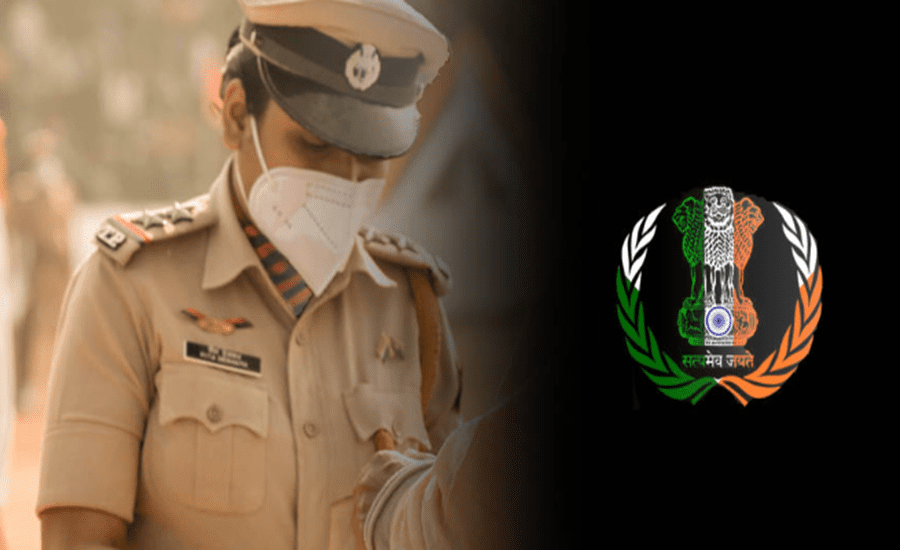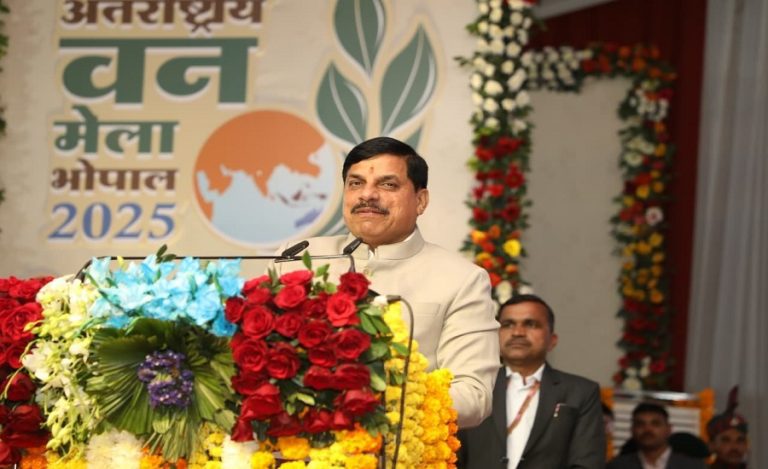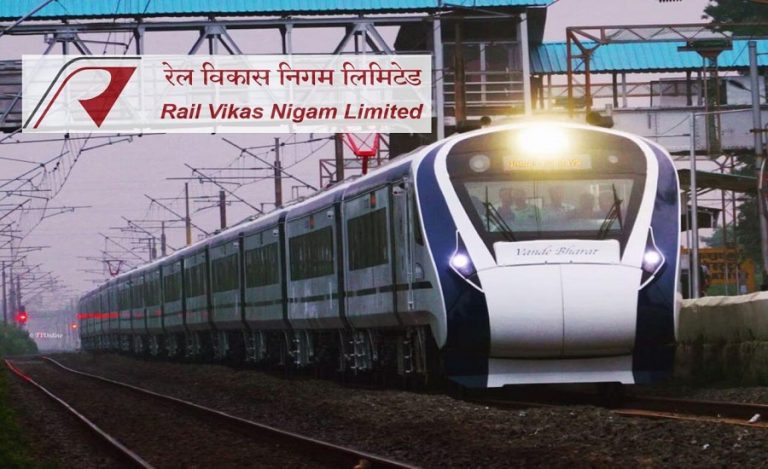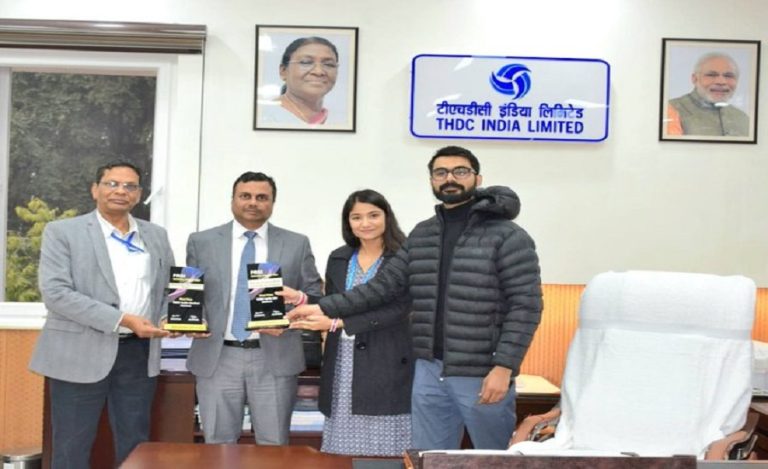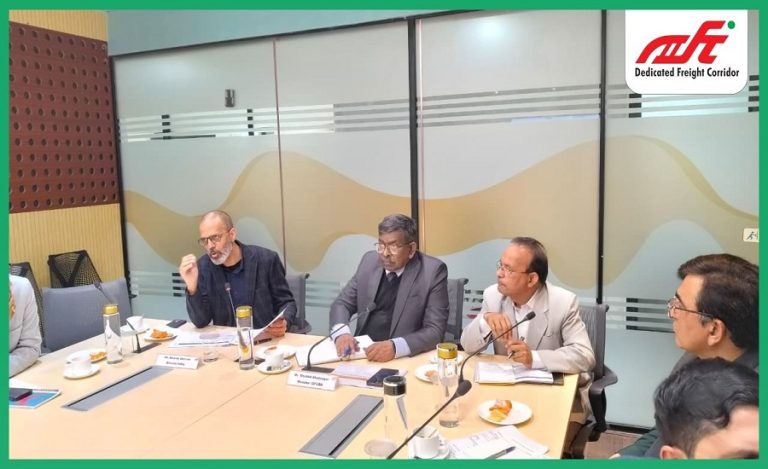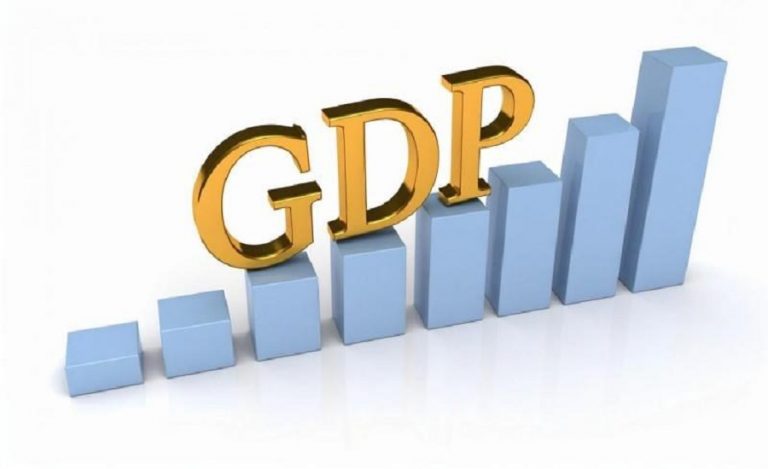In a country where women and transgender individuals make up nearly half of the population, their representation in India’s most elite examination — the UPSC Civil Services — continues to remain disproportionately low. According to the Union Public Service Commission’s (UPSC) Annual Reports from 2010 to 2021, women’s participation has consistently stayed under 35 percent, while transgender representation remains negligible.
As per the 2021 UPSC Annual Report, women accounted for 32.98 percent of total candidates in the Preliminary Examination. However, only 14.75 percent advanced to the Mains stage, and 26.87 percent made it to the Interview round. Ultimately, only 15.66 percent — just 201 women — featured in the final selection list.
Despite the modest figures, the data reveals a gradual rise in female participation — from 23 percent in 2010 to around 33 percent in 2021 — highlighting a slow but steady transformation.
Transgender Representation: Inclusion Still in Its Infancy
While women are gradually making their mark, the participation of transgender candidates remains alarmingly low. Following a 2016 court order, the UPSC introduced the “third gender” category in its application form — a landmark inclusion. Yet, progress has been minimal.
In 2021, only 19 transgender candidates applied, of whom just four appeared for the exam, and none made it to the final list. Similarly, in 2020, 16 transgender candidates applied but only five appeared. Between 2018 and 2019, just one candidate each registered.
Experts point to systemic educational exclusion as the root cause. Facing social stigma, identity-based discrimination, and lack of institutional support, many transgender students drop out long before reaching the level required for competitive examinations.
Mr. Rajeev, a professor at Delhi University, shared that his department’s “Transgender Resource Center” offers skill training and counseling. However, he emphasized that more inclusive academic infrastructure and social awareness are urgently needed to bring transgender candidates into the mainstream of national examinations.
Social and Cultural Pressures Weigh Heavily on Women Aspirants
For many women, the path to the UPSC examination is a battle against deep-rooted social norms. Ms. Anshika Moyal from Rajasthan revealed that when she moved to Delhi to prepare for the exam, relatives began urging her to marry. “There’s still a belief that girls must be settled by 26 or 27. That pressure makes it hard to focus,” she said.
Similarly, Ms. Aayushi from Uttarakhand, a government employee, shared how she faced criticism and ridicule for prioritizing studies over marriage. “My grandmother often told me to get married since I was ‘not doing anything,’ but my mother’s support helped me persist,” she said.
IAS officer Ms. Ira Singhal noted that preparing for the UPSC is often considered a “risky” decision for women. Families hesitate to wait for years to see results, preferring marriage as a more “secure” option for their daughters.
Economic Inequality Adds Another Layer of Challenge
UPSC preparation demands substantial investment. Coaching classes, accommodation, and study materials come at a steep price. Ms. Aayushi shared that her parents spent their savings on her education but could not afford to send her to Delhi for coaching. As a result, she opted for self-study.
This financial gap also reflects a deeper gender bias — many families willingly spend on their sons’ education but hesitate to view their daughters’ learning as a long-term investment.
Balancing Family and Ambition: Women’s Dual Struggle
For women who continue their studies post-marriage, balancing domestic duties and UPSC preparation remains a daunting task. Ms. Anshika mentioned that her married friends, who are mothers, barely find three to four hours a day for studies after completing household chores and childcare.
Such stories highlight how structural and familial expectations continue to limit women’s progress in competitive examinations.
Toward an Inclusive and Equitable Bureaucracy
While women have made noticeable strides over the past decade, the transgender community still struggles to find representation in India’s administrative framework. Experts believe that inclusive educational policies, scholarships for marginalized genders, and sensitivity training at coaching institutions could play a transformative role.
India’s bureaucracy stands at a crucial juncture — one that calls for gender-sensitive reforms to ensure that merit, not gender, determines access to one of the nation’s most respected career paths.

